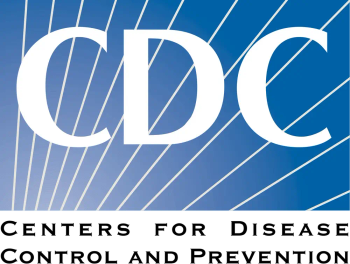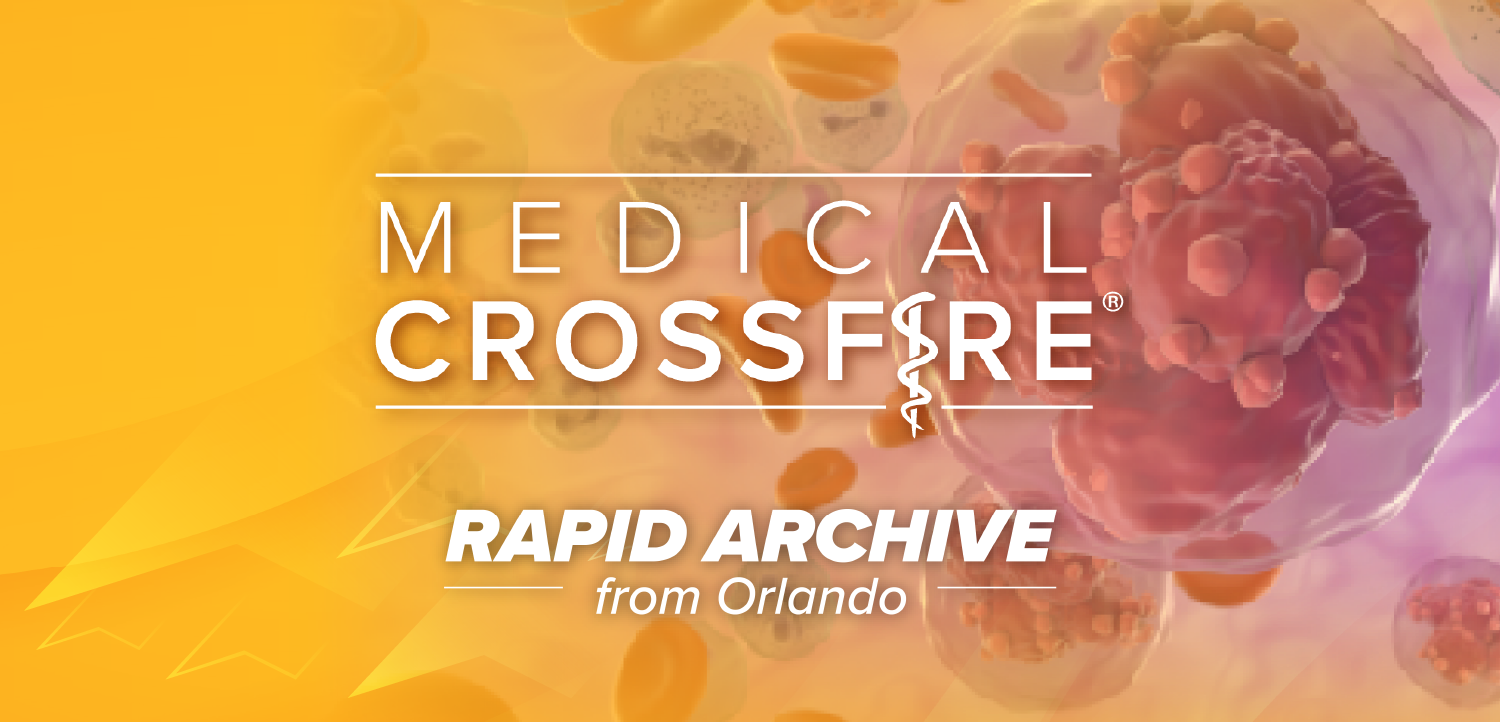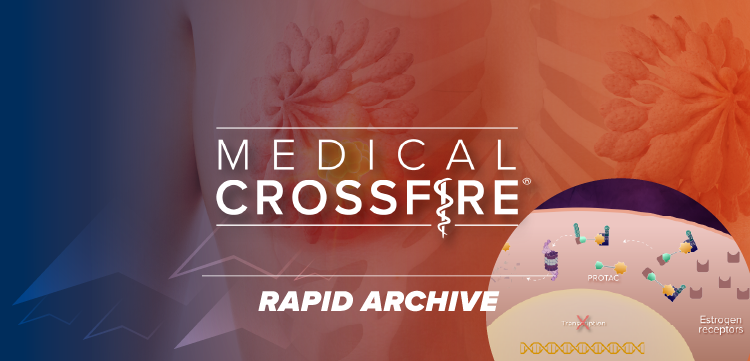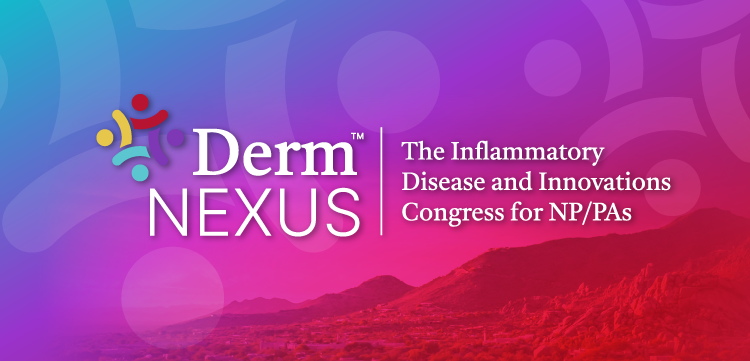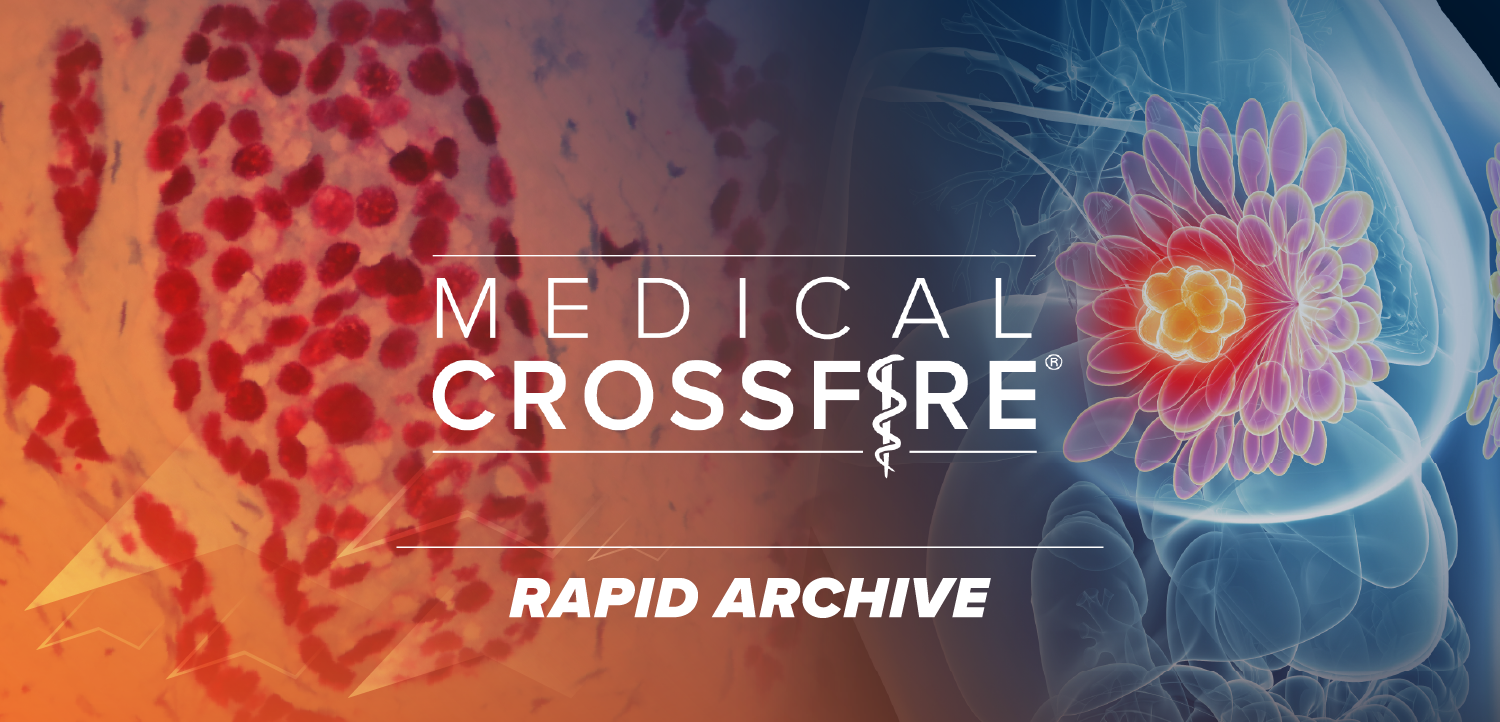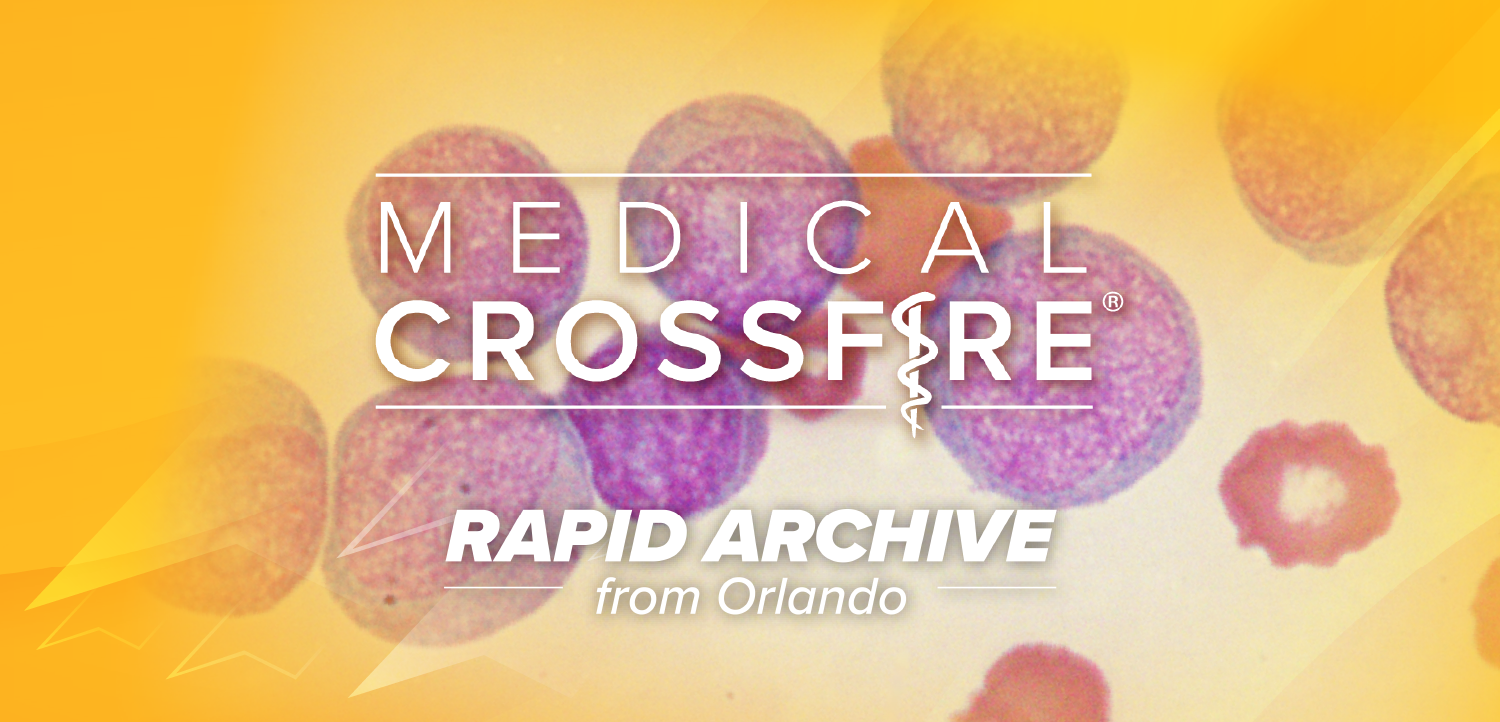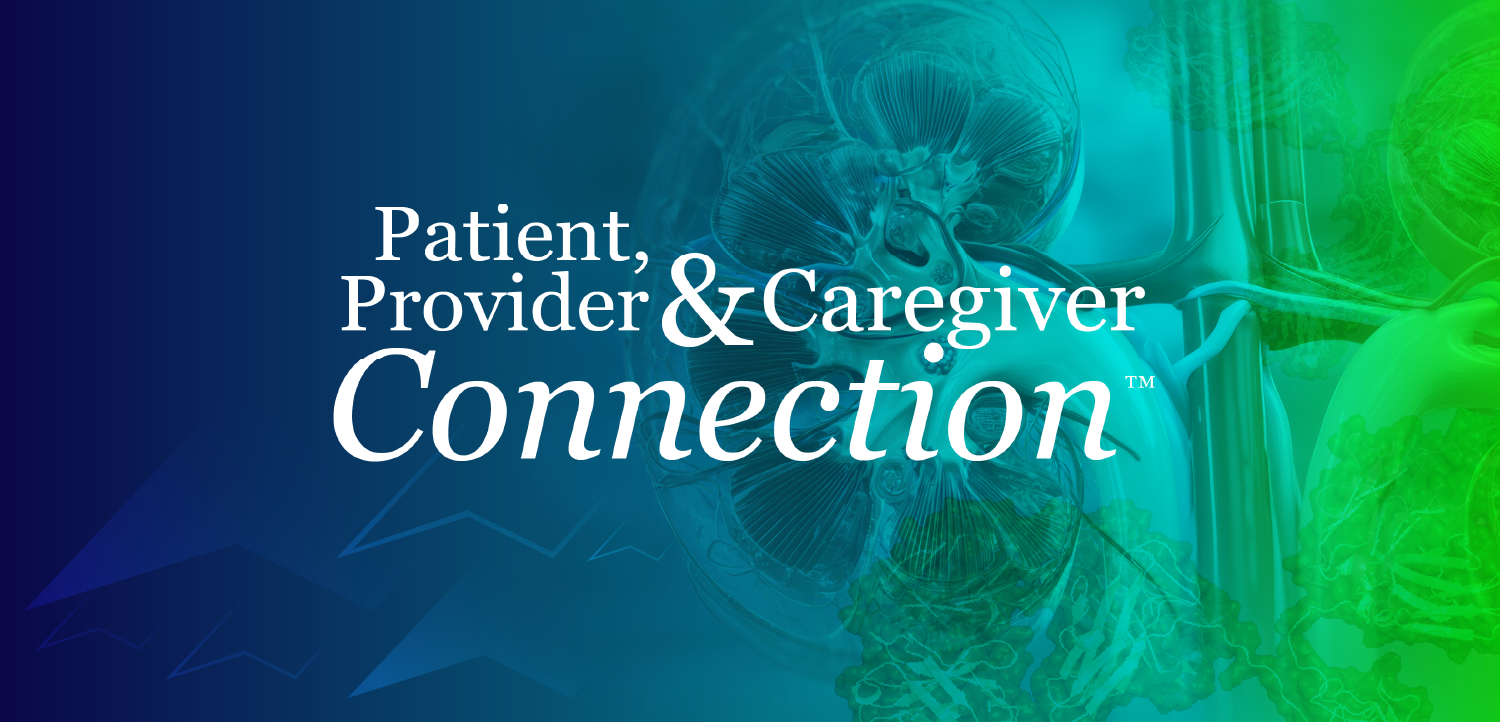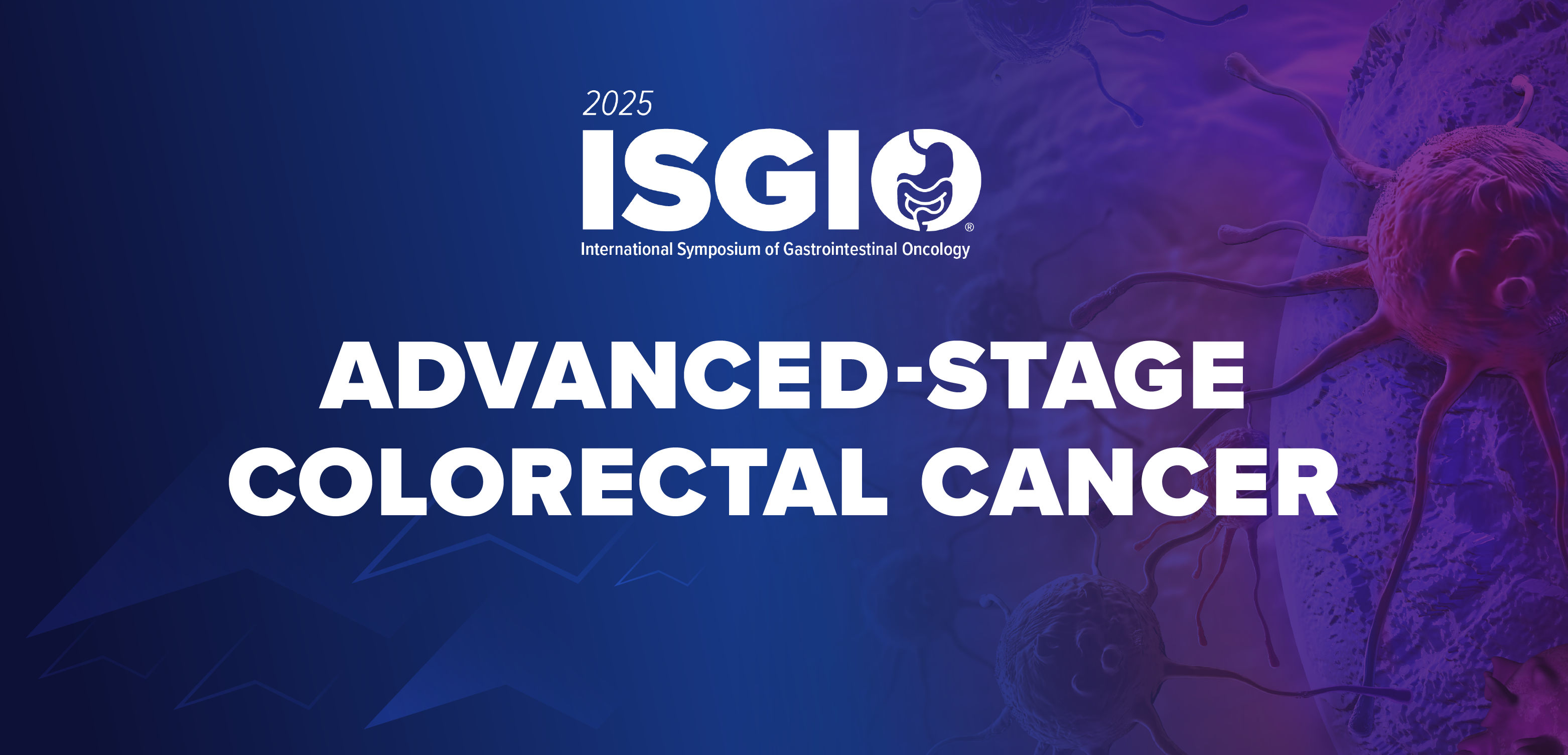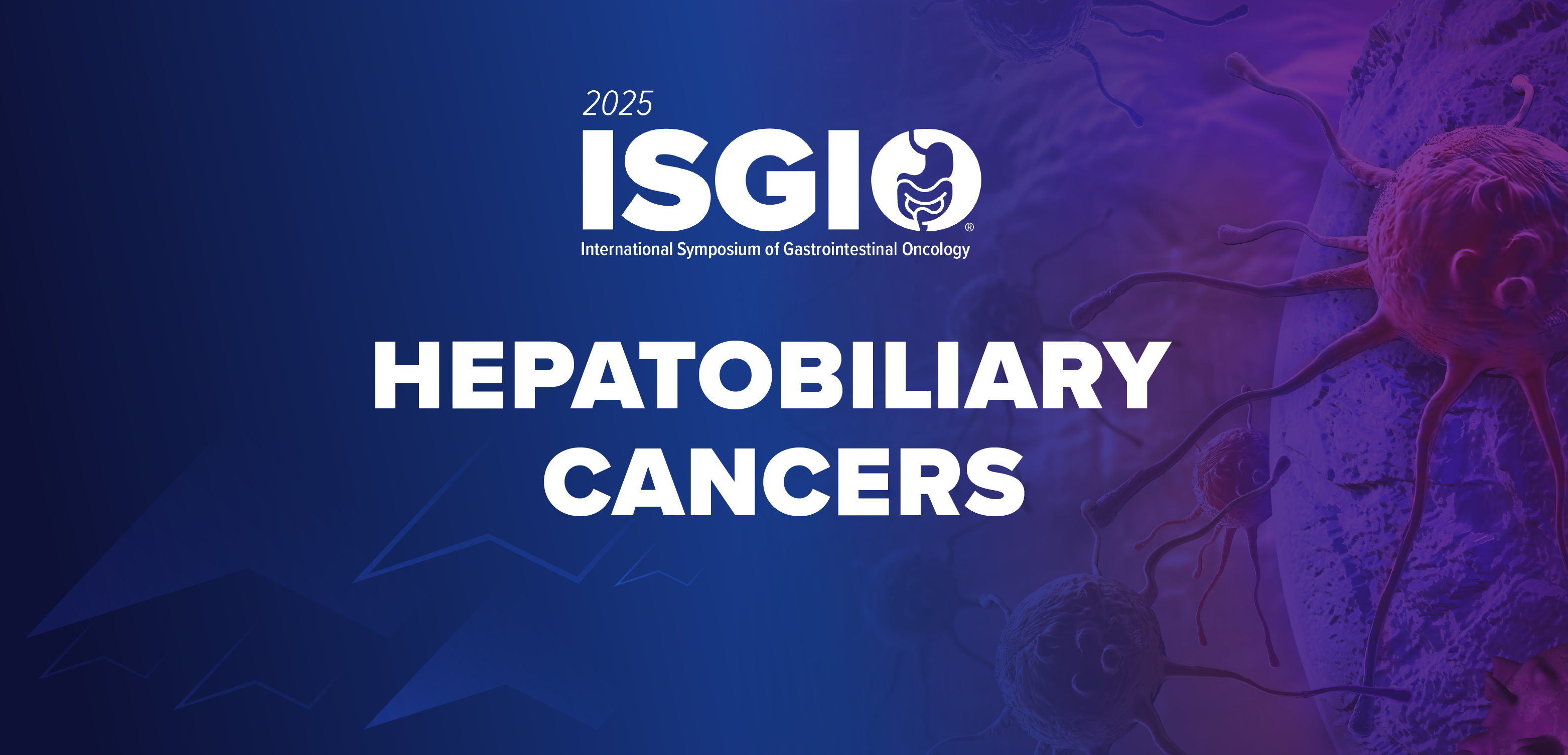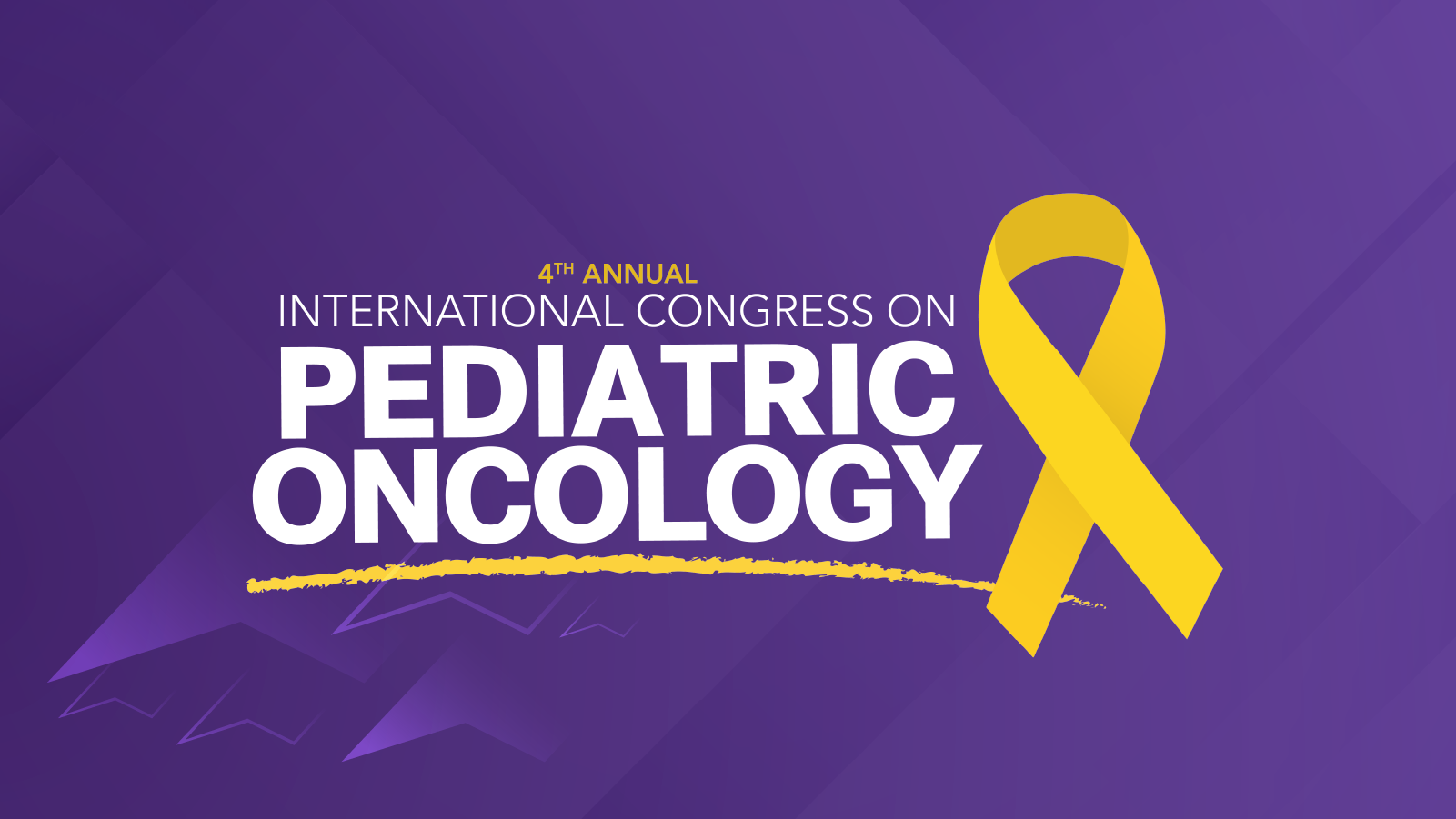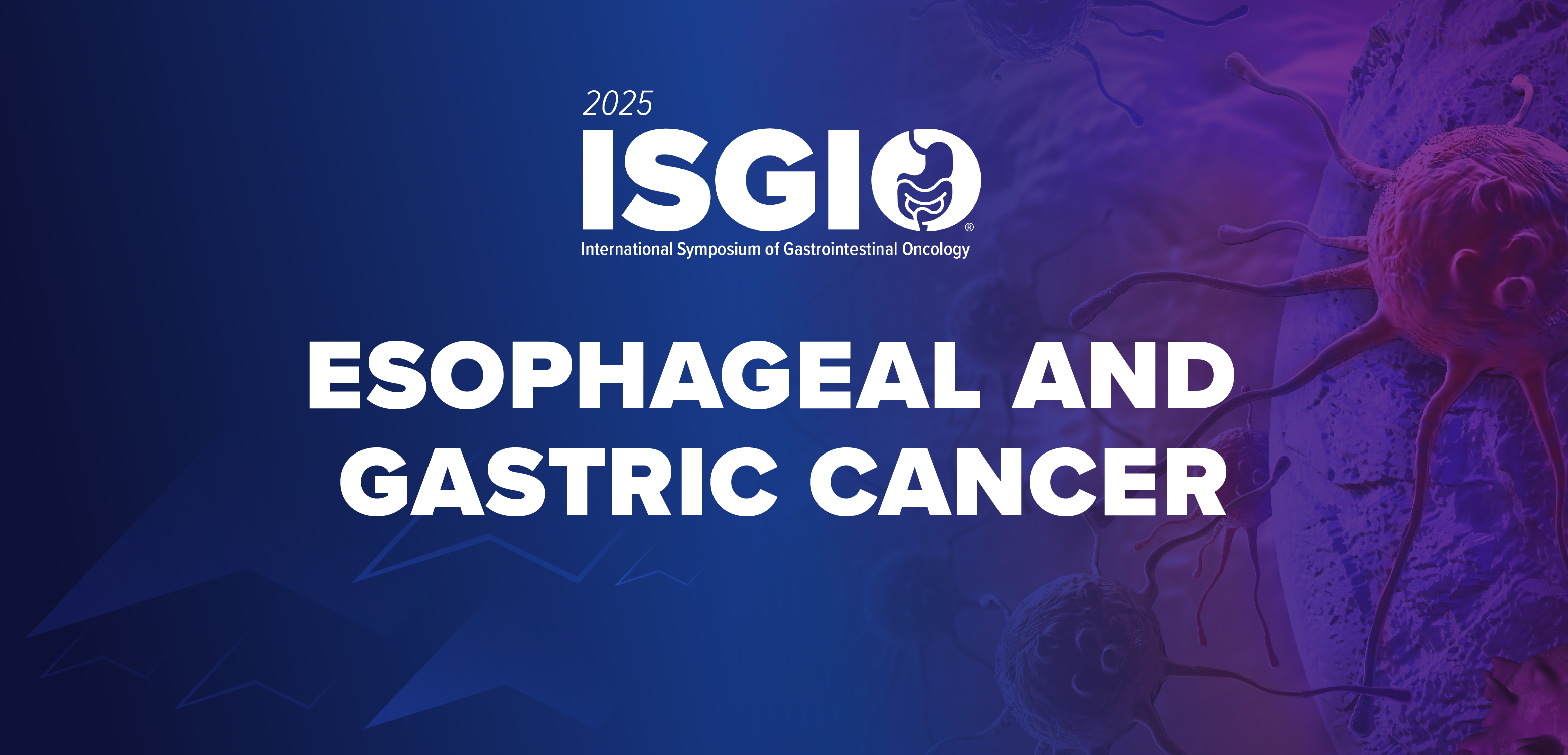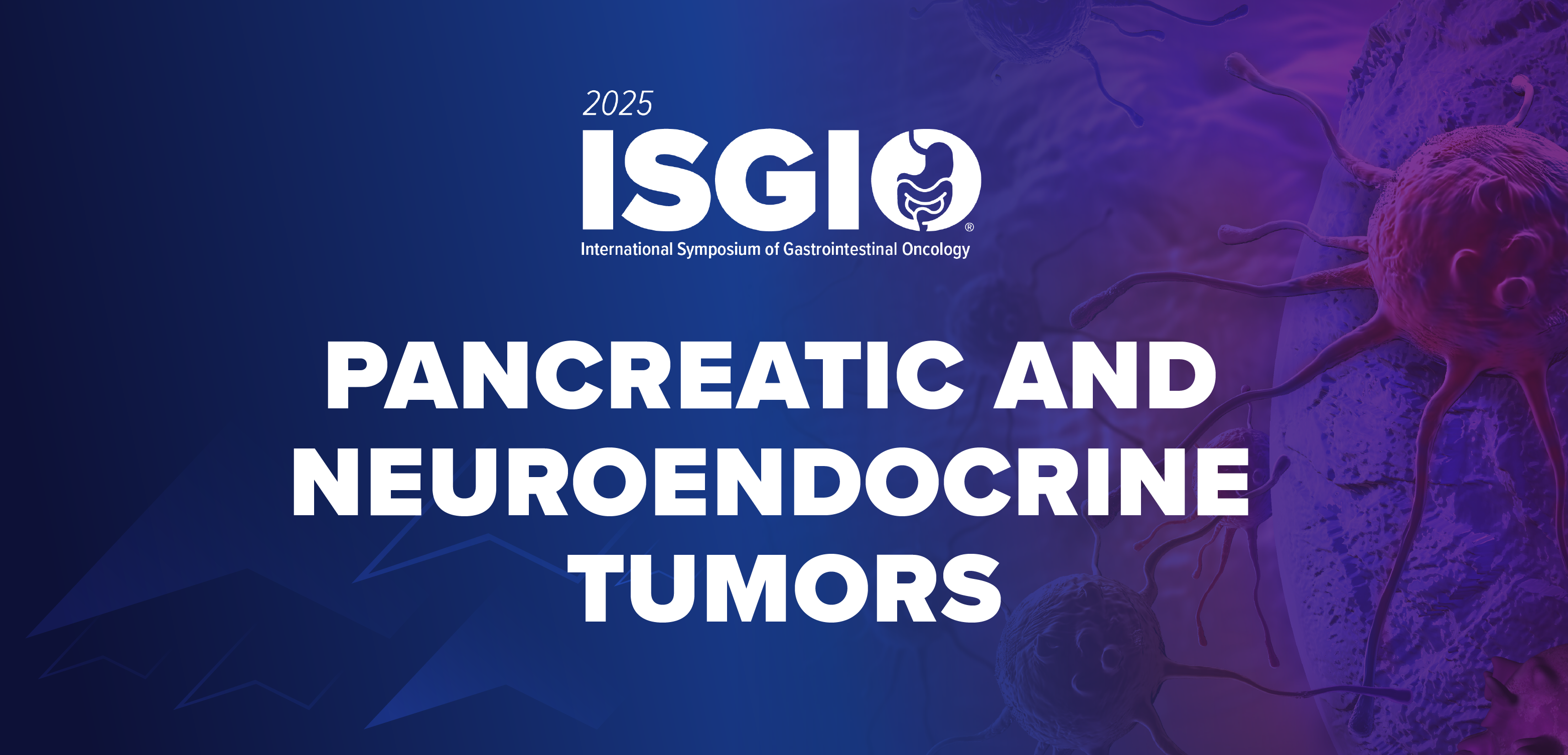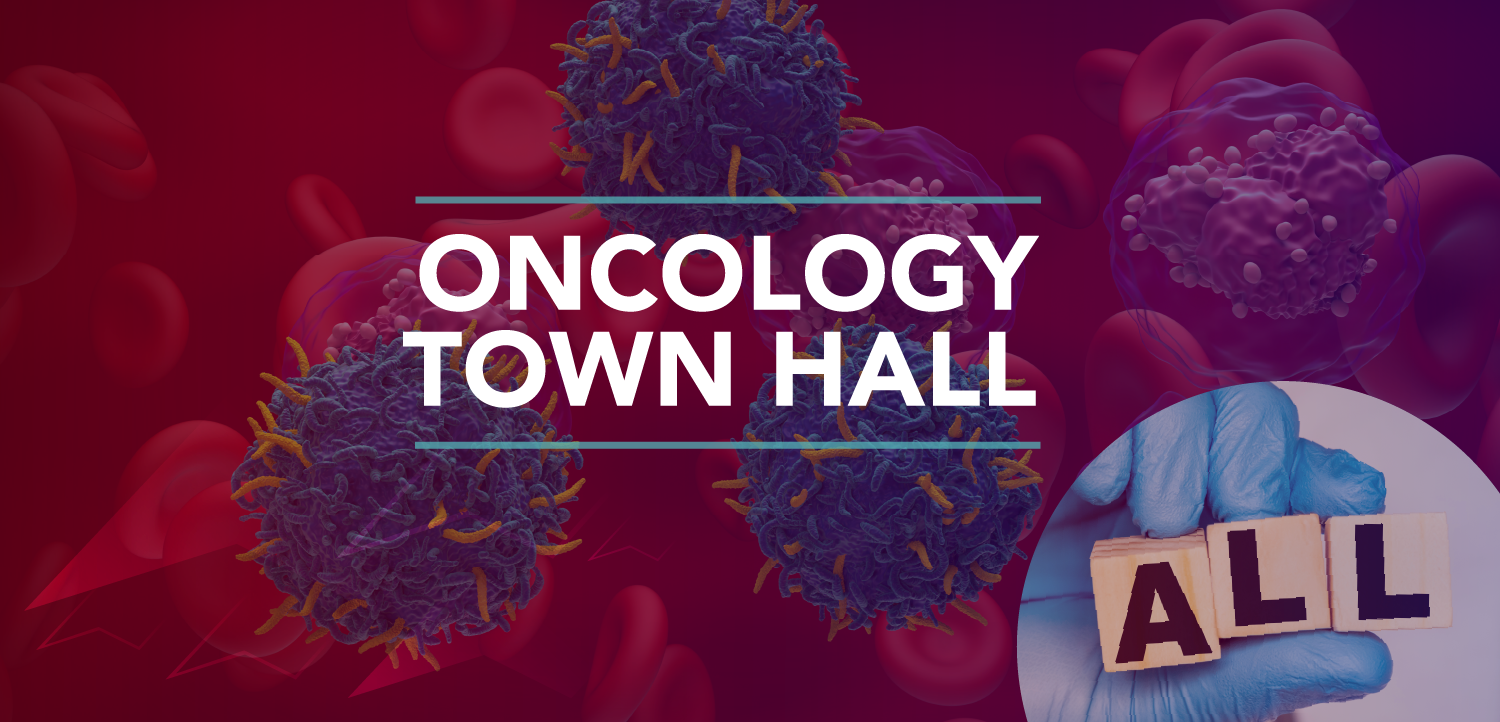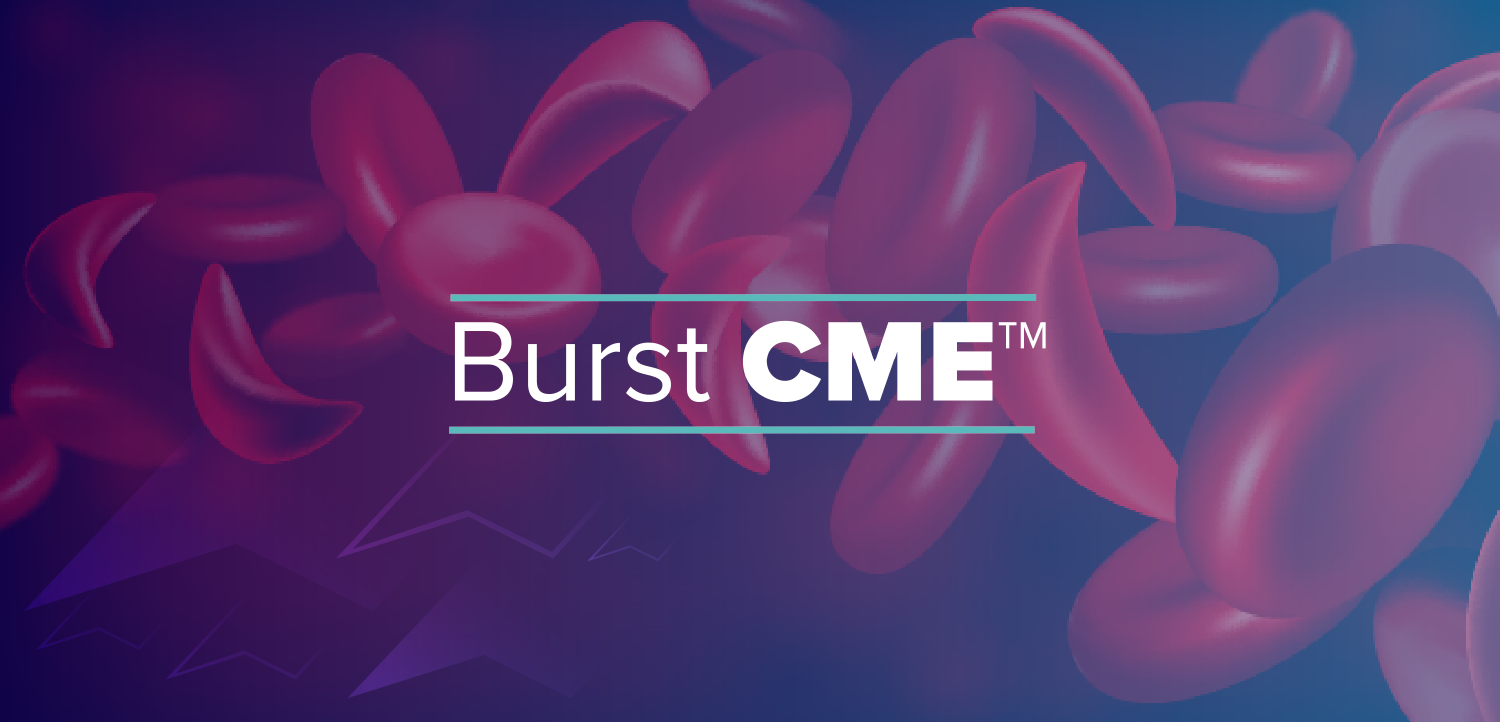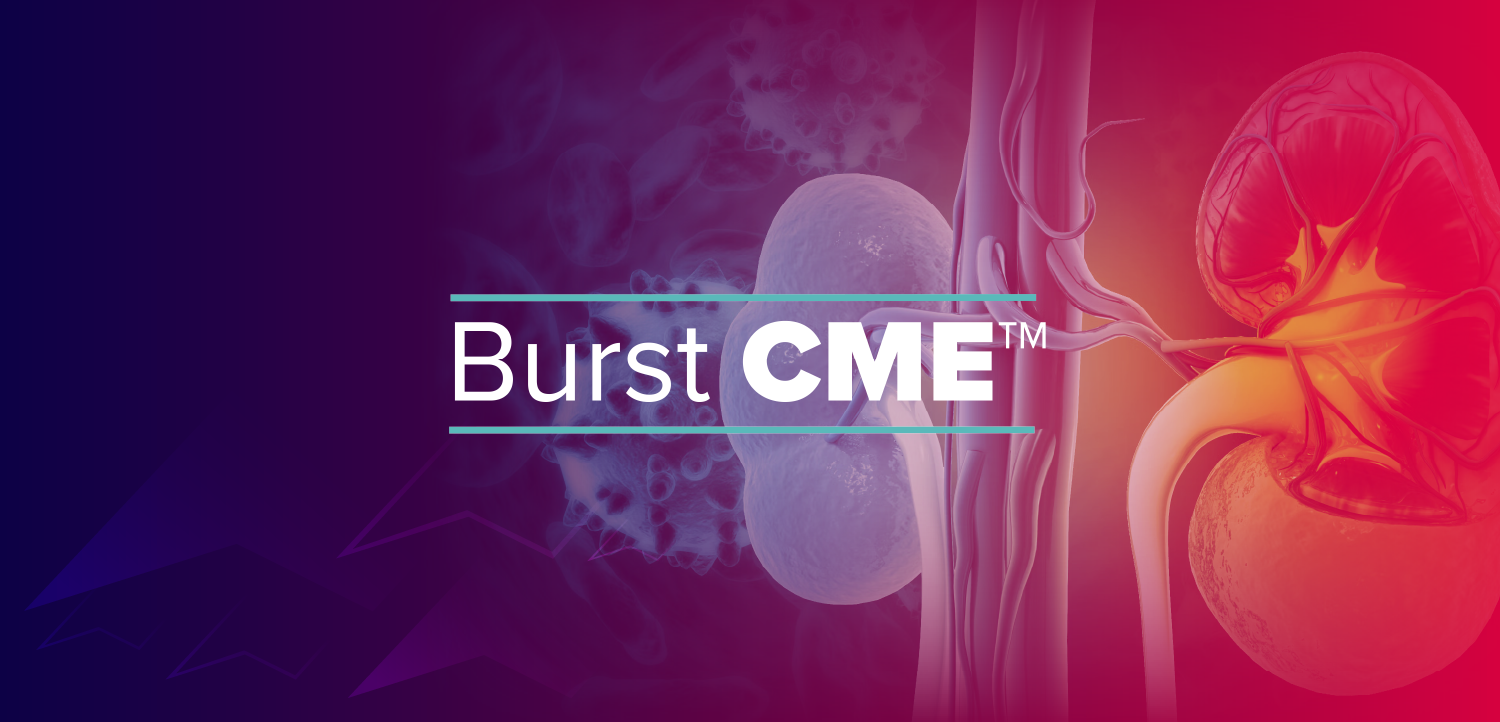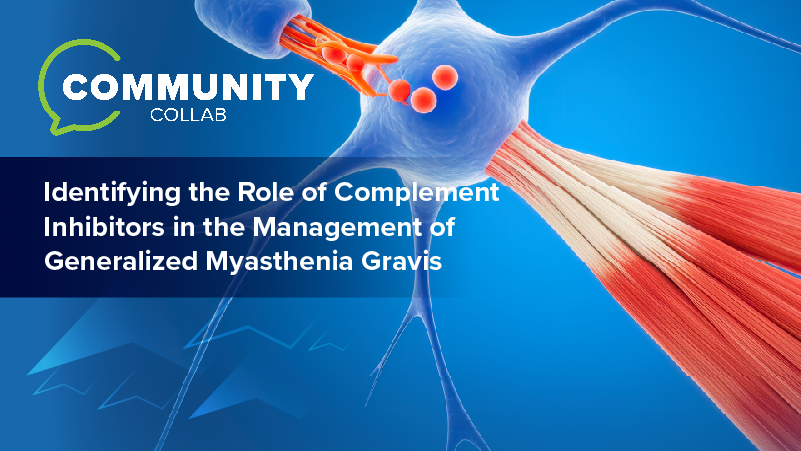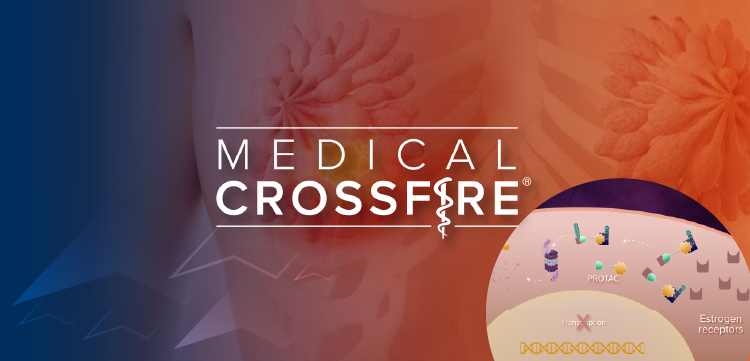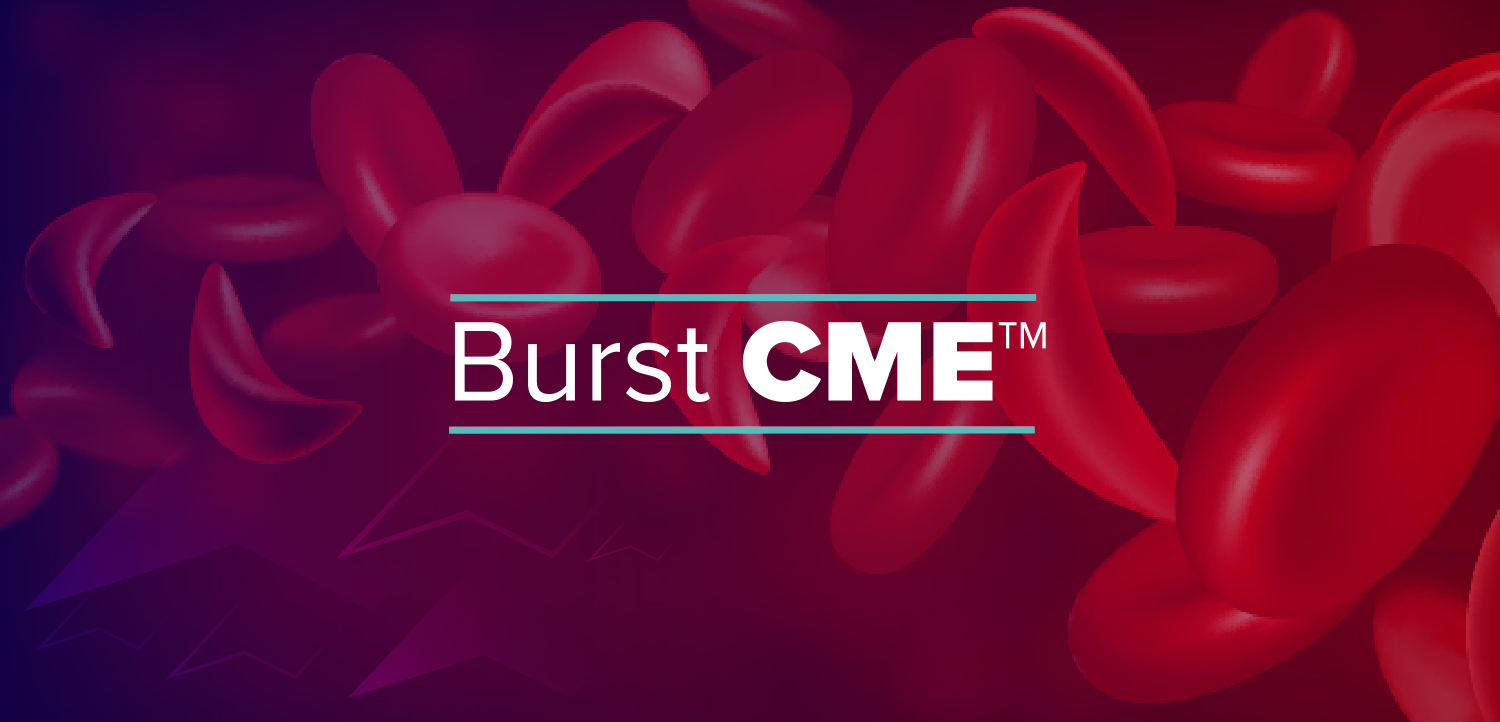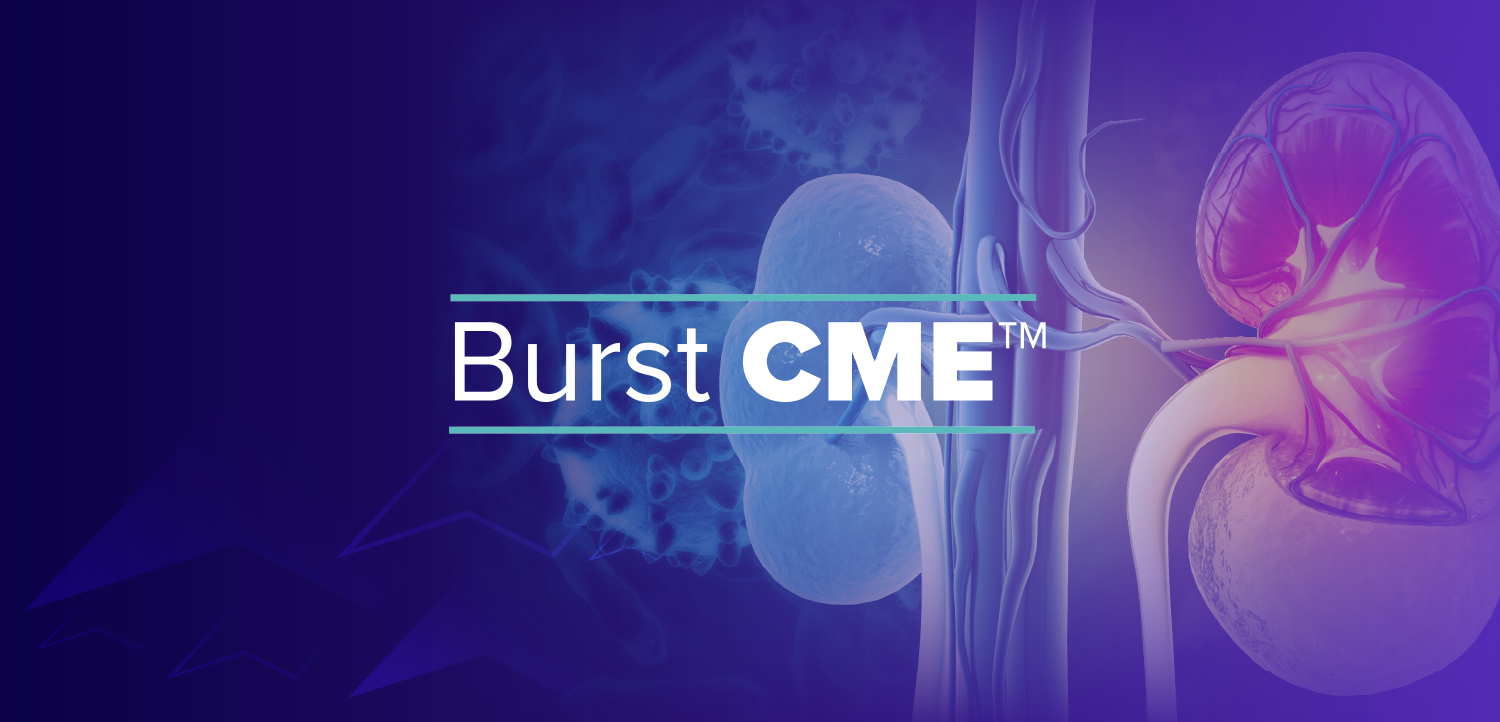
Top 5 Infectious Disease News Stories Week of August 9-16
This week, predictive microbiome models for C difficile, synergistic antibiotic strategies for E faecalis, to pharmacy-led hepatitis C care, and more.
Measles 2025: Looking Back and Moving Forward
Measles, once declared eliminated in the US in 2000, has made a dangerous resurgence in 2025 with over 1,300 reported cases, mostly among unvaccinated children and young adults, and at least three deaths. Declining vaccination rates, misinformation, mistrust in public health, and vaccine fatigue post-COVID-19 drive this preventable outbreak. The highly effective MMR vaccine remains the only proven method of prevention, offering 97% protection with two doses, yet hesitancy persists. Global efforts to eliminate measles continue, but low coverage, particularly in undervaccinated communities and travelers, poses ongoing risks. Without specific antiviral treatments, prevention through vaccination is essential, especially amid summer travel. Experts stress that restoring public confidence, engaging communities, and combating misinformation are critical to reversing this trend and preventing future outbreaks.
Reviewing the Synergistic Activity of Ampicillin with Cephalosporins, Carbapenems Against Enterococcus faecalis
At the 2025 ASM Microbe Conference, Jose Alexander, MD, ABMM, ABAIM, FCCM, CIC, ASCP, BCMAS presented in-vitro findings on the synergistic activity of ampicillin when combined with cephalosporins or carbapenems against Enterococcus faecalis, a common cause of infective endocarditis. While 99% of E. faecalis isolates were ampicillin-susceptible, its limited tissue penetration and biofilm resistance reduce clinical effectiveness. Alexander’s study tested 24 vancomycin-susceptible isolates and found the strongest synergy with ampicillin plus ceftaroline (67%) and ceftriaxone (37.5%), whereas combinations with carbapenems, especially imipenem, showed little to no synergistic effect. Though limited by small sample size and in-vitro design, the findings support safe combination therapy without antagonism, offering clinicians potential strategies when ampicillin monotherapy proves insufficient.
Can We Predict and Prevent C difficile Colonization?
A new study led by Sean Gibbons, PhD, at the Institute for Systems Biology suggests that microbial community-scale metabolic models (MCMMs) can predict individual risk of Clostridioides difficile (C. difficile) colonization and guide personalized probiotic interventions. By analyzing gut microbiome data from over 15,000 individuals, the research identified three distinct metabolic niches that enable C. difficile persistence, underscoring the need for tailored prevention strategies. While the study remains preclinical, its findings could shift clinical approaches from reactive treatment to proactive colonization prevention, especially amid rising community-acquired infections. Future steps include validating the model in clinical cohorts and navigating regulatory pathways for personalized microbiome-based therapies—potentially offering an alternative to fecal microbiota transplantation.
Meeting Patients Where They Are: Hepatitis C Barriers in Pharmacy Practice
Hepatitis C patients, especially those who are unhoused or marginalized, face significant barriers to starting and completing treatment, according to Ty Stoner, a pharmacy operations manager at Walgreens Specialty Pharmacy. In a recent interview, Stoner highlighted common obstacles like inconsistent contact, medication storage issues, prior authorization delays, and patient confusion about the process. To address these gaps, his team partners closely with rehab facilities, social workers, and community organizations, streamlining protocols and utilizing tools like URAC-approved consent forms that allow providers to coordinate directly with pharmacies. Access to financial assistance from nonprofits such as HealthWell and the PAN Foundation also plays a critical role. Stoner emphasized the importance of fast, coordinated care and consistent communication, noting that delivery to clinics, education on adherence, and compassionate engagement are essential strategies in improving outcomes and restoring patient trust.
FDA Grants Priority Review for Gepotidacin for Gonorrhea
The FDA has granted priority review to GSK’s oral antibiotic gepotidacin for the treatment of uncomplicated urogenital gonorrhea in patients aged 12 and older (≥45 kg), with a decision expected by December 11, 2025. In the phase 3 EAGLE-1 trial, gepotidacin demonstrated a 92.6% cure rate, proving non-inferior to the current standard treatment of intramuscular ceftriaxone plus oral azithromycin (91.2%), with no cases of bacterial persistence and no serious drug-related adverse events reported. The most common side effects were mild to moderate gastrointestinal issues, consistent with previous studies. If approved, gepotidacin would become the first novel oral treatment for gonorrhea in the US, offering a much-needed alternative to injectable therapies.
Newsletter
Stay ahead of emerging infectious disease threats with expert insights and breaking research. Subscribe now to get updates delivered straight to your inbox.


